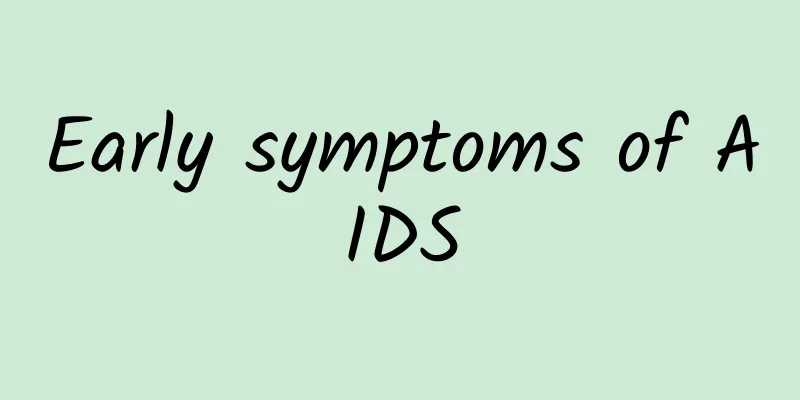Will consanguineous marriages cause hereditary inheritance?

|
Marriage between close relatives can easily lead to inheritance of genetic diseases to the next generation. As we know, marriage between close relatives is not allowed by law and is also not allowed in terms of social ethics. In addition, marriage between close relatives may cause some recessive genes to become dominant genes, leading to congenital malformations in the next generation, such as poor IQ, poor physical fitness, shorter height, etc. These are all common consequences of marriage between close relatives. Let’s find out the specific content. The dangers of consanguineous marriage What are the dangers of consanguineous marriage? Marriage between close relatives not only increases the incidence of recessive genetic diseases in offspring, but also increases the incidence of multi-gene genetic diseases and congenital malformations. Generally speaking, the closer the blood relationship, the higher the incidence of genetic diseases, and the more distant the blood relationship, the lower the possibility of genetic diseases. 1. Marriage between close relatives will significantly increase the incidence of recessive genetic diseases. Data show that the probability of offspring from consanguineous marriages suffering from recessive genetic diseases is 150 times that of offspring from non-consanguineous marriages. 2. The incidence of some multi-gene genetic diseases is also higher in consanguineous marriages than in non-consanguineous marriages. According to statistics, the incidence rate of polygenic diseases such as congenital heart disease, anencephaly, and spinal cord fission in children of consanguineous marriages is about 1.64%, while the incidence rate in children of non-consanguineous marriages is only 0.57%. 3. The early mortality and deformity rates of offspring from consanguineous marriages are also high. 4. Marriage between close relatives will lead to physical deterioration, weight loss, and shortening of height. Prohibition of marriage between close relativesBecause couples who marry close relatives have more identical genes, recessive harmful genes that are detrimental to survival are more likely to be passed on to their offspring (i.e. homozygous), making it easier for them to give birth to children of poor quality. According to the World Health Organization, each person in the population carries approximately 5 to 6 pathogenic genes for recessive genetic diseases. In random marriages (non-consanguineous marriages), since the couple are not related by blood and have few identical genes, they carry different recessive disease-causing genes, making it difficult for them to form homozygous individuals (patients) for recessive disease-causing genes. When close relatives marry, there is a high possibility that both husband and wife carry the same recessive disease-causing genes, which can easily meet in their offspring, increasing the incidence of genetic diseases in their offspring. Therefore, according to my country's current population situation and medical level, in order to minimize the genetic defects caused by consanguineous marriage, it is stipulated that marriage between direct blood relatives and collateral blood relatives within three generations is prohibited. |
<<: Is mental illness hereditary?
>>: Is my grandmother's mental illness hereditary?
Recommend
The efficacy of natural copper in traditional Chinese medicine
Traditional Chinese medicine is a kind of medicin...
Newborn baby girl has a hard lump in her breast
The birth of each new life will bring more joy to...
Treatment of conjunctivitis
Eyes are an important part of our body. They play...
Chinese herbal tea to boost immunity
When the resistance and immunity are improved, it...
What to eat to make follicles grow faster
The follicle is an important substance in the fem...
The role of March bubble fruit
If you want to understand the root of March bubbl...
How to treat premature ejaculation due to kidney deficiency? Have you eaten too much to nourish the kidney and treat premature ejaculation?
Premature ejaculation is probably a disease that ...
What causes dry and peeling lips?
After entering winter, the weather gradually beco...
What to do if your baby sneezes and has a runny nose? Don’t ignore the cold
Sneezing is normal, maybe it is to expel cold, bu...
Which type of dendrobium is best?
Dendrobium nobile Lindl (Alias: Dendrobium nobile...
What to drink to relieve heat
According to TCM theory, getting "hot" ...
Causes of mild nausea but no vomiting
Nausea is a common symptom, and there are many re...
The efficacy and contraindications of Cordyceps sinensis
Many people are not familiar with Cordyceps sinen...
How much does the fetus and amniotic fluid weigh when pregnant for six months
Generally speaking, when a woman is six months pr...
What are the causes of acne on the chin?
Everyone knows that facial acne is very stubborn,...









